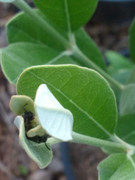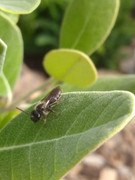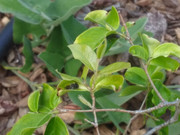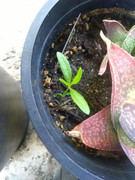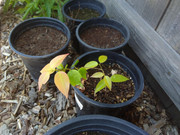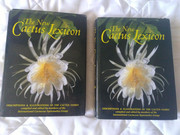376
Tropical Fruit Discussion / Re: Bees or Wasps on Myrtaceae
« on: May 29, 2020, 07:39:27 PM »
What?! I love wasps! They eat pests like aphids. I also have jumping spiders that hang out on certain plants. I always thank them for protecting my plants so diligently.
The wasps have been on yours this week more than before as well? It only started for me a few weeks ago. I wonder if it could be some chemical Myrtaceae emit during certain times of the year.
The wasps have been on yours this week more than before as well? It only started for me a few weeks ago. I wonder if it could be some chemical Myrtaceae emit during certain times of the year.

